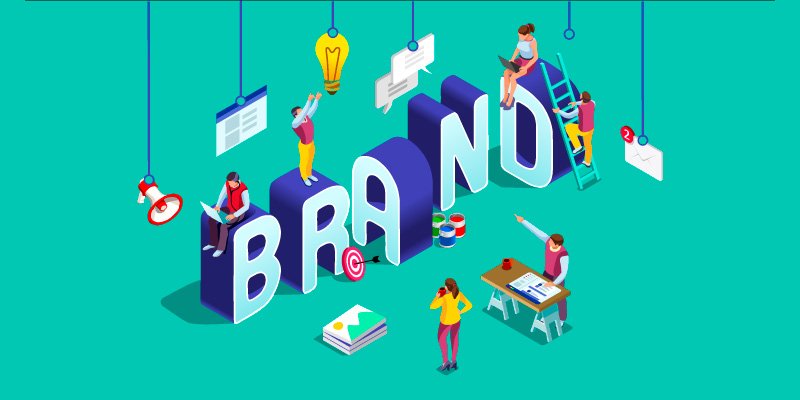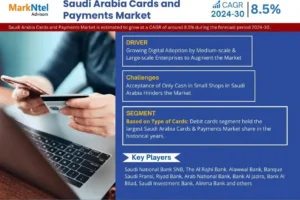
It’s difficult to create a unique brand from scratch. There are endless questions that come following. How should it appear? What emotions should it evoke in viewers? Will the intended audience find it appealing? When you begin to consider how to link the dots between what you’re selling and who you’re attempting to reach, questions like these unavoidably arise. Here is what you need to know about creating a brand identity for your business that lasts, whether you’re starting from scratch or want to make changes to your current branding design.
What is a brand design?
Brand design refers to how a company chooses to communicate its brand identity to the public aesthetically. When discussing branding design, it is common to refer to important brand components like the logo, color scheme, typography, and other visual features that help a company stand out from its peers and become recognized by consumers.
A brand’s choice of expression on social media, in physical stores, or even in the interior design of company offices is referred to as branding design, in addition to these key components of brand identity design. In order to strengthen their brand image in the minds of their audience, help to leave a lasting impression, and help to cement emotional connections with the brand, it is becoming more and more crucial for businesses to ensure that their brand design is communicated consistently across all of these various touch points by using brand guidelines.
Solid brand identity takes time to develop. You can’t just pick a few colors and throw a logo together carelessly. In order to create an identity that accurately represents your company and can support you as you expand, you must approach design intelligently. Deep thought, a team with great design and communication abilities, and a thorough grasp of who you are, what you do, and how you want to portray your brand to the world are all required for this.
The Importance of a Brand Identity
Branding design may be a crucial distinction in assisting a business stand out and appeal to target customers in the face of the digital market becoming more congested than ever and many brands having increasingly comparable items from one competitor to the next. Design can be a potent instrument in influencing consumer perceptions of your business and should ideally reflect the personality and values of the company. A catchy color scheme or memorable logo can occasionally make a bigger impact on customers than any high-profile advertising effort.
How to create a lasting brand design?
Every company wants people to purchase and positively review its goods or services. They must first be identifiable, though, in order for that to happen. The process of building a brand might be time-consuming, but it can also be rewarding and quite useful. You need the following essential design components to build a powerful, appealing brand identity.
Do a comprehensive market research
Market and consumer research can help a brand, at least in part, by informing its positioning and purpose. Research is essential to comprehend the cultural tension outlined in the previous section. There is a tonne of information available online to assist those who are new to market research.
Simply speaking with people is one of the best ways to perform market research. Phone interviews enable in-depth discussions and helpfully emphasize the human part of research—an element that is necessary if you want to appeal to clients’ emotions.
Have a clear brand vision and positioning
Although they are not completely irrelevant, purpose and positioning serve quite different purposes for your company. Positioning is entirely transparent. It stands in the way of your business, your clients, and the market. It makes it abundantly obvious who we are and what we do. Positioning responds to the current environment around you, unlike purpose, which is long-lasting and provides a stake in the ground around which the organization may link and pivot. Positioning needs to change every few years to be relevant, especially in these times of rapid changes in technology, business models, and customer expectations. Where purpose can and should be framed thinking of the next 30+ years.
Work on your brand personality
Additionally, brand personality should be taken into account. If you get it properly, it will be evident in every aspect of your brand identity. The voice and tone utilized in your marketing materials and other communications greatly depend on the personality of your brand. Customers will receive conflicting messages and have problems connecting with your brand if a personality isn’t formed.
Create a stunning brand logo
A logo is one of the key elements in a brand design process. By demonstrating your professionalism and fostering trust, a well-designed logo encourages visitors to stick around. It explains who you are, what you do, and how that benefits potential customers. It conveys to those who are unfamiliar with your company or products that you perform excellent work.
People will surely wonder how well you can supply your goods and services if your logo appears unprofessional. Have you ever clicked the return button or selected one business over another just because it appeared to be more trustworthy? People make rash decisions, and bad design drives people away. To stand out to customers, make sure they remember your company, and foster favorable associations with you, hence your logo gets so much attention. People’s memories and emotions are deeply symbolically related to logos.
On-brand supporting graphics and brand assets
Simply explained, branded graphics are images you design or products that are recognizable as “yours” and are consistent with the branding of your company. In essence, each of these images will include components that are distinctive and easily identifiable as being associated with your company, such as your logo, brand fonts, and brand colors. In order for your followers to instantly recognize you while they’re browsing through Facebook or Instagram, you need to use your branding consistent across all of the information you provide on your different networks. People who employ branded graphics will find that their followers can readily recall their tale and brand.
On the other hand, it will be much more difficult for individuals that lack consistency and have a disorganized feed full of conflicting colors, typefaces, and other features to achieve the same level of brand awareness. Brand assets like business cards, email signatures, social media banners, and content templates can be provided to speed up the acceptance of brand guidelines.
Final Word
There may be redesigns and reassessments in the future, but having a strong, self-assured brand and a consistent brand identity from the beginning will give clarity to everything you do. Keep your brand at the forefront of people’s minds whenever they have a problem you can solve, even though future change may be essential. You’ll require more effort and commitment to uphold or even raise the bar with each success your brand experiences. You might need to extend your target market or an offer at some point. It depends on the kind of brand you have and the strategy you’ve chosen. No matter where you stand, a thought over brand design will always stand out in the long run.




